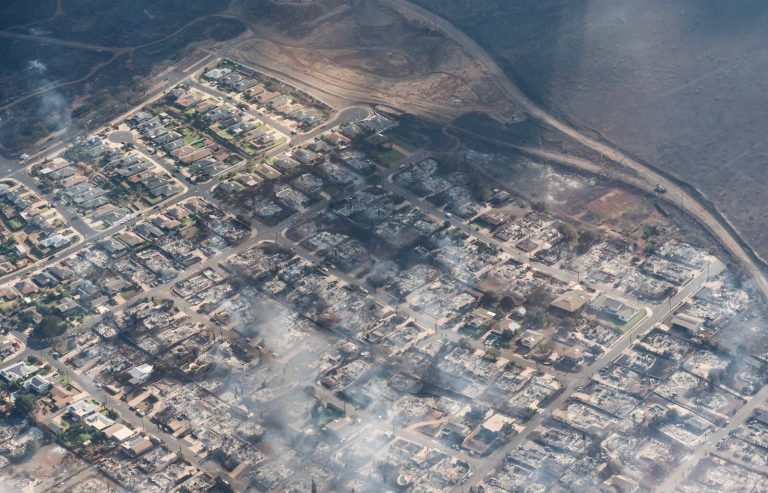Real glaciers are melting, so they made an artificial one. This is how highlanders in Kyrgyzstan cope

Residents of a country located in Central Asia have found a solution to the lack of water. The man-made glacier is five meters high and up to 20 meters long.
Melting ice sheets are one of the greatest challenges of the modern world. Due to the climate crisis, Greenland is losing up to 30 million tons of ice per hour. However, there are more places in the world that suffer from a similar problem. In Kyrgyzstan, residents are experiencing drought due to disappearing ice. So the Kyrgyz highlanders took matters into their own hands and created an artificial glacier.
Glaciers in Kyrgyzstan are disappearing
Most of Kyrgyzstan's surface is made up of high mountains. The country, located between Kazakhstan and China, is characterized by a harsh climate and is particularly affected by ongoing changes in the environment. There are few areas where residents can grow plants or raise animals – unfortunately, even these are at risk of drought. There is neither high rainfall nor many sources of drinking water. Most of the resources were obtained from glaciers, the area of which is getting smaller every year. Clever Kyrgyz highlanders found a way to return them to their natural habitat.
Highlanders in Kyrgyzstan built an artificial glacier
In Kyrgyzstan, mother nature itself was used to combat climate change. Residents of a village in the Tian-Shan Mountains have built an artificial glacier to provide themselves with enough water for the coming months. How was this done? Last fall, the highlanders redirected water from the Kyrgyz thousand peaks directly to the village. This froze, creating a huge glacier that will improve the quality of life of residents for the coming months. “When the glacier melts, there will be enough water for cattle and irrigation of the land in Syn-Tash,” says one of the local farmers. The man-made form is 5 meters high and 20 meters long. Just two months ago, in the middle of a frosty winter, it reached a height of up to 12 meters. Residents are coping with the growing problem as best they can. “There is less and less water every year. (…) We have problems with grazing animals,” says Aidos Yzmanaliyev, spokesman for Syn-Tash farmers.






